How to hire a head of growth for your startup: beyond the tools and tactics

.png)

.png)
Andrew Capland is an advisor, coach, and former Head of Growth. He spent the last 13 years working at B2B SaaS startups, and he founded Delivering Value to help others succeed in growth roles.
The number of early-stage startups looking to hire a Head of Growth has exploded over the past few months. Growth has quickly become one of the fastest growing functions in the B2B SaaS startup world, and demand for experienced growth leaders is at an all-time high.
As someone who’s worked in and around growth teams for the past 6 years, I’m seeing this explosion happen first-hand. I used to get 3–4 cold emails from recruiters each month, asking if I was interested in exploring new growth roles. Now I’m seeing 3–4 emails a week!
And it’s not just me. A quick “head of growth” search on Linkedin Jobs shows there are over 5,300 companies looking to hire someone right now.

This is obviously great news for the growth community, but on the other side of the equation, hiring a head of growth is really hard.
The most common challenge is that companies look to hire someone to lead growth too soon. Typically this happens when companies don’t have product-market fit yet, which makes them unattractive for experienced talent. The job is more fun (and effective) when you can spend your time optimizing what's already working, layering on additional channels/programs, and breaking through plateaus. These are things you can’t do until a certain level of scale has been achieved.
But even companies that have product-market fit are struggling. And here’s why.
Growth is still an emerging discipline—there are more open roles than experienced people to fill them.
The challenge is exasperated because most companies have never worked with a growth team before. They have no idea how to evaluate a head of growth, what technical skills to prioritize, and which soft skills are needed to thrive, which makes it hard to evaluate candidates.
To complicate things even further, the head of growth is one of the most important hires.
Growth teams used to be limited to the fastest growing silicon valley startups. But the rise of the product-led growth movement has made the growth discipline way more popular at more modest size SaaS orgs.
Many of the fastest growing software companies are now leaning on a product-led growth approach, including standouts like Zoom, Slack, Atlassian, and Calendly.
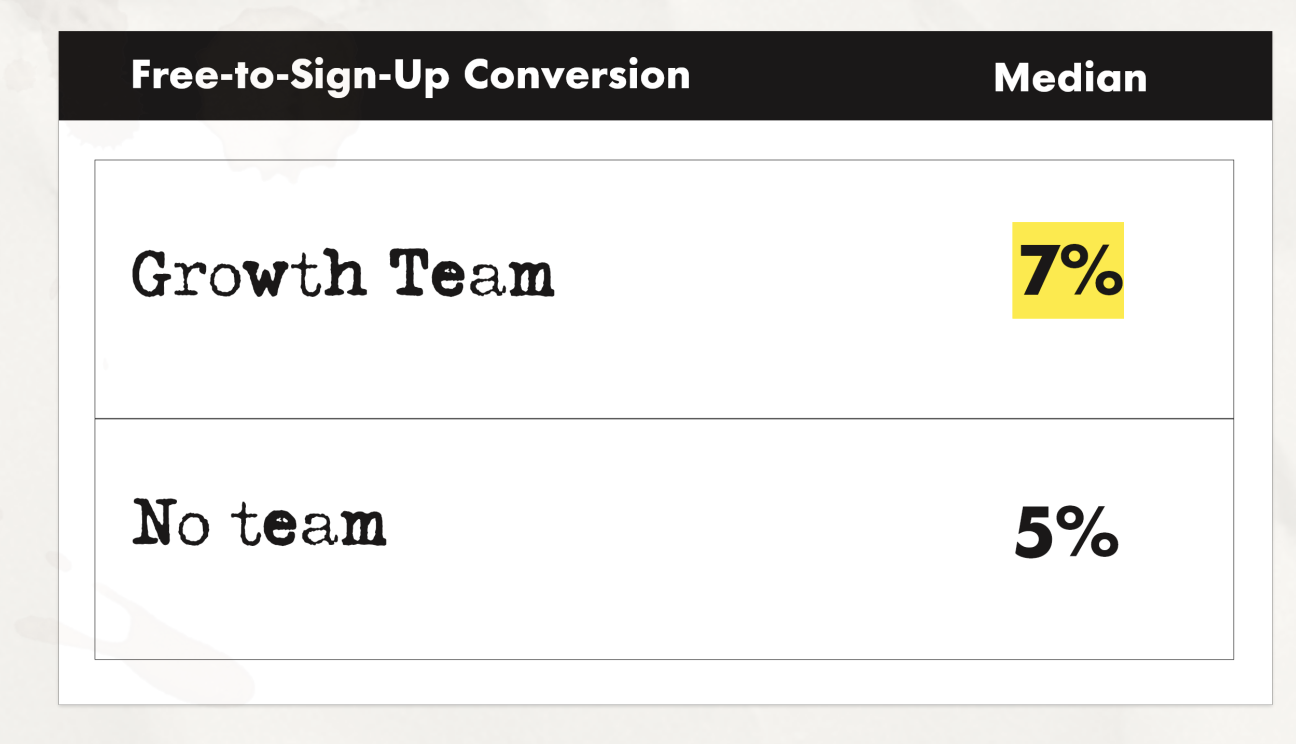
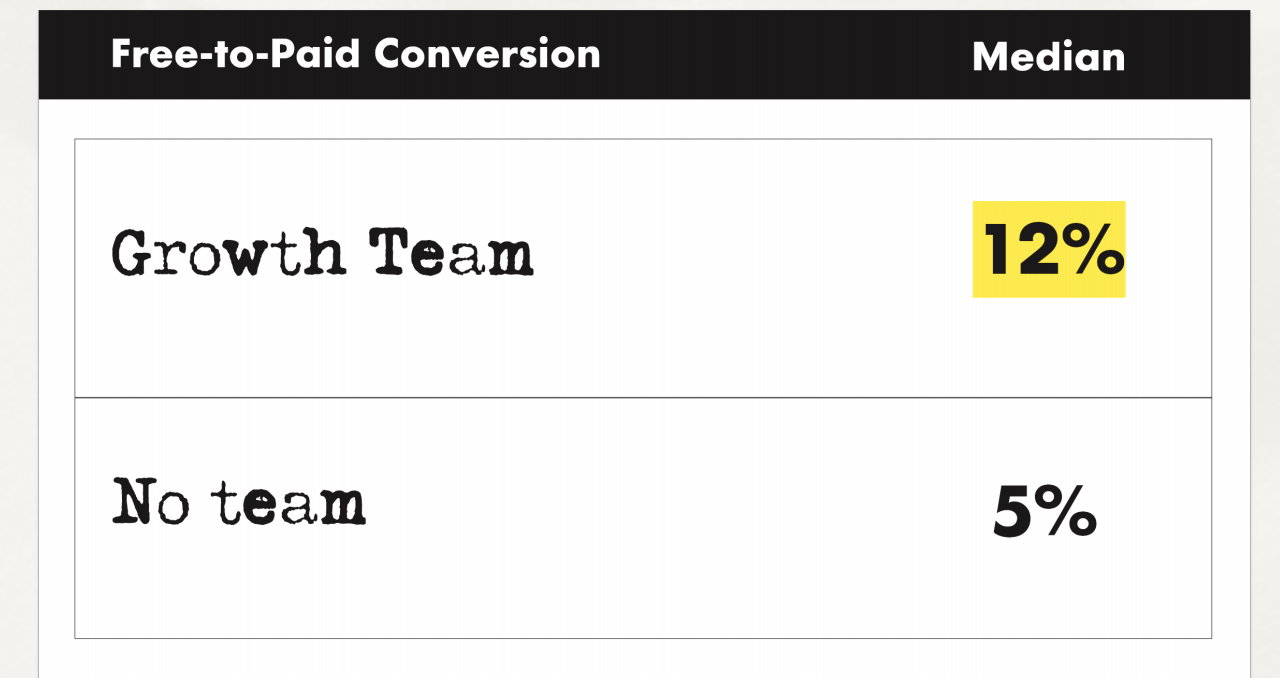
The product-led model is best managed by a specific team who’s thinking about it on a daily basis. The growth team is responsible for managing the product-led programs that drive revenue. And the head of growth leads this effort. Finding the right person is critical.
The average head of growth interview sounds something like this:
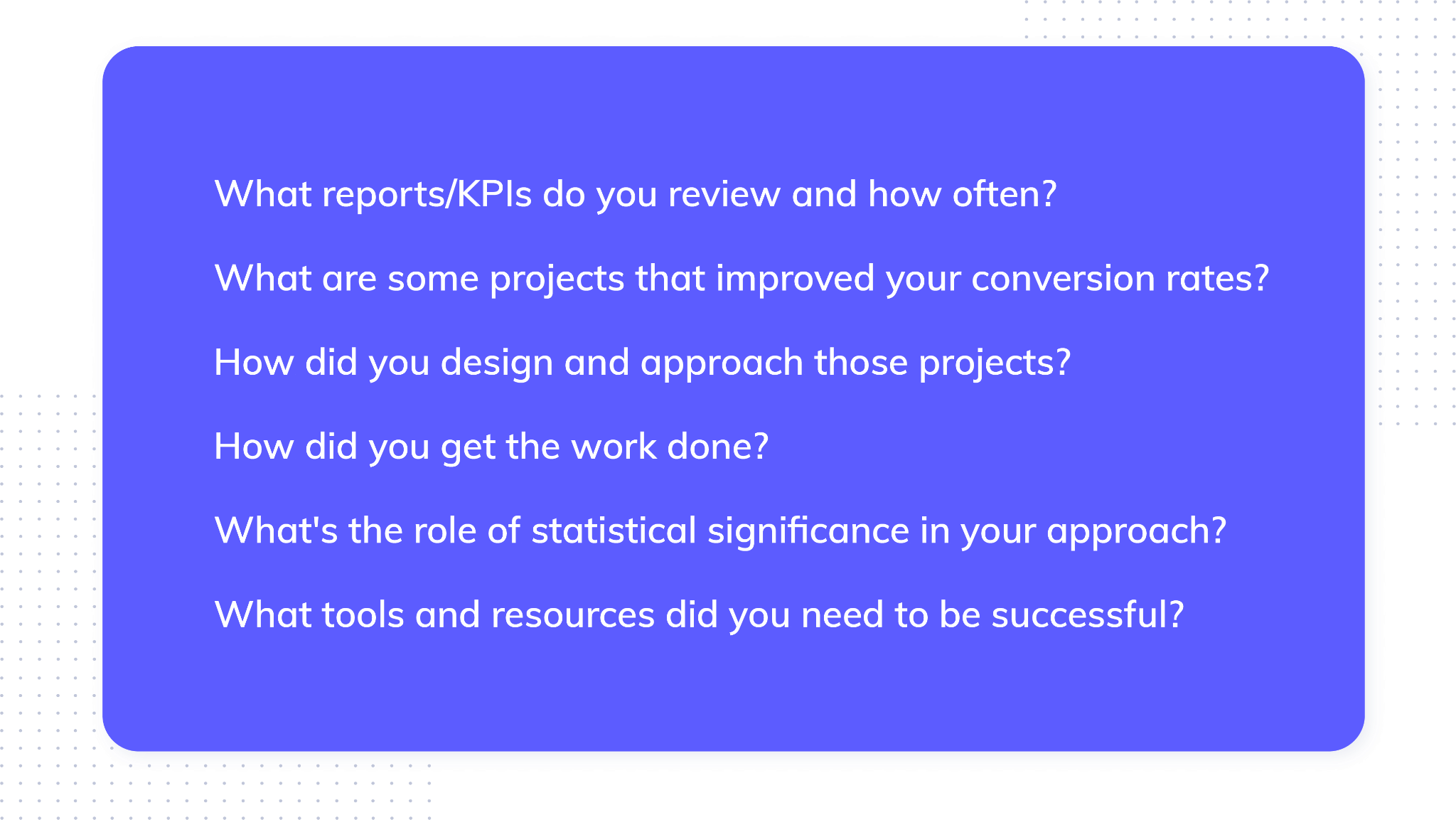
They go deep on tools, tactics, and conversion rates. But growth tools and tactics are constantly evolving. Lean on those too much, and you might hire the wrong person.
You want someone to lead the growth capability at your company, not someone who just works on growth.
The technical skills are half the job. The other half includes:
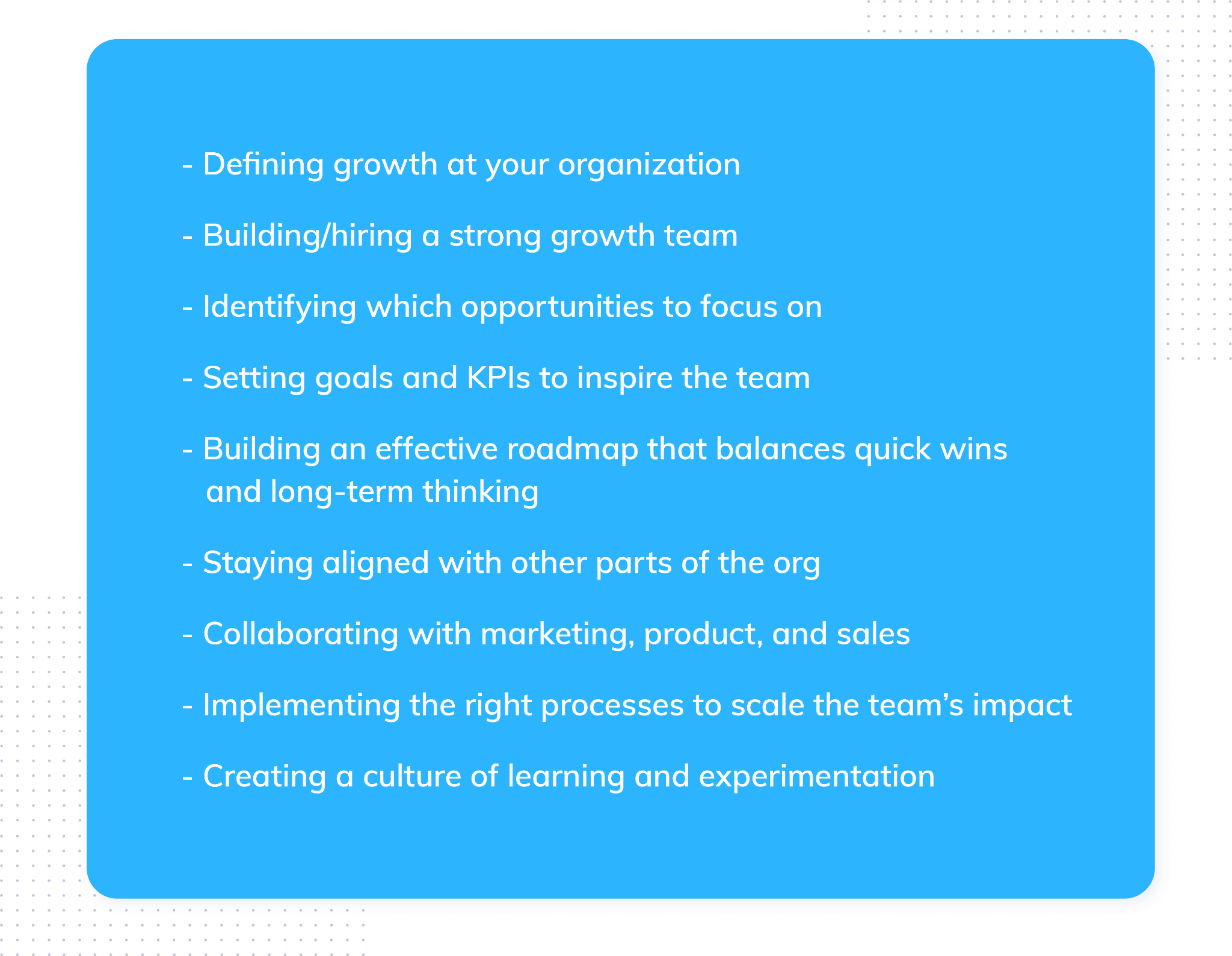
And a whole bunch more…
Those are the skills a head of growth needs to be successful in the long-term.
Many early-stage companies want a head of growth, but many of them don’t actually need a growth leader yet, which is one of the main reasons their roles go unfilled.
Here’s the challenge…
Early stage founders want someone to help them find product-market fit. They need help standing up channels, implementing the tech stack, creating some simple programs to scale, and developing the V1 funnel.
They need someone in the trenches to help them go from 0 to 1.
But experienced growth leaders know they’ll be more effective somewhere that already has product-market fit. Or at least signs of it.
They'll have much more impact analyzing that funnel, looking for opportunities and segments, optimizing what's been working, layering on additional loops and channels, setting up systems to scale, and breaking through existing plateaus.
Not making V1 of everything.
Once you have some confidence in the data and some scale behind the numbers, bring in the head of growth. Then your goals will be aligned.
Let’s explore the most common non-technical traits that are needed for a successful partnership.
At its core, working in growth isn’t about conversion rates and spreadsheets—it’s about helping real people solve real problems, using your product. You want to find someone who’s passionate about that mission. Someone who understands that the best way to influence behavior is by learning what’s valuable to users, then delivering that value in creative ways. That’s the best way to help people. Not leveraging hacks and shortcuts.
Working in growth can be humbling. If you run enough experiments, you'll learn that many of your instincts are wrong. Yikes. That’s why, when experimenting, the average growth team only beats their control versions about ⅓ of the time. Look for folks who admit that their previous winners might not work in a different space—people that are excited to learn what wins in a new environment. Be wary of anyone who’s eager to implement a previous playbook.
Experienced growth leaders know that success in one circumstance doesn't always lead to success in another. So rather than trying to be “right,” they focus on getting lots of amazing ideas and inputs from really smart and creative people, then they run a tight process to hold the best ideas accountable to results. This works a lot better than pretending to know everything. 😉

Growth tends to have a lot of ownership at many saas companies. It’s impossible to improve every metric at once. A huge part of being successful is finding the right opportunities - then focusing deeply and saying no to everything else.
A successful growth leader likes using data to search for opportunities. The process involves zooming out to review the model holistically, then zooming in to investigate channels, segments, steps, and customer feedback to understand the problem more thoroughly.
Growth is a discipline that relies on lots of information to make decisions—and data is a valuable currency. But many growth leaders over-index on quantitative data and undervalue the qualitative. They lean heavily on charts, spreadsheets, and funnels in their approach. They completely overlook the stories, people, and feedback behind the numbers. Many of my most successful programs and experiments have come from comments our team has heard from customers. A successful growth leader knows that people use their software, not spreadsheets.
Creating an effective growth roadmap isn't easy. If you focus too much on quick wins, you’ll have trouble getting resources for the larger projects. But if you only focus on the big projects, people will get impatient that you’re not driving results fast enough. The magic lies in balancing both. Your growth leader should use the quick wins to build momentum and learn what works and what doesn't, then take on the bigger programs to increase their impact.
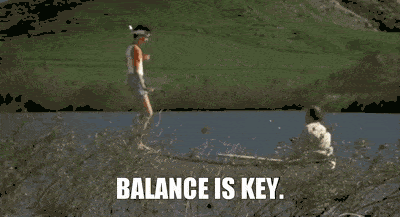
For growth teams to drive a large impact, they’ll need to work effectively across many teams. A successful growth team has designated designers and engineers, and will collaborate daily with marketers, product managers, and business intelligence teams. Most of those teams have specific ways they prefer to work, and they won’t all look the same. They’ll likely use different tools, processes, and communication styles, and your growth leader will need to thrive within these nuances.
Since growth is still such a new capability, most companies have never had someone focused on it. This can lead to misunderstandings around what growth should look like, what this hire should be focused on, and how the team should be structured. An effective leader proactively communicates how growth is defined at their company, what they’re focused on, and why. This communication ensures clarity and alignment that are important to the long-term success of the team.
Sure, it'd be great if they knew all the tactics from day one too. But don’t make the mistake of bringing on someone who isn’t the right fit. Play the long game. The stuff above is more important.
And on the flip side, if you currently work in growth and are evaluating some of these new roles, I recommend asking a bunch of your own questions throughout the interview process too. Make sure this opportunity is the right one for you!
Spend the first part looking for evidence of product-market fit. Dig into their model. Ask questions about their funnel, channels, and programs. Get a feel for what’s currently working (and not).
Then, spend the later rounds making sure it’s the right environment. See if there’s room to fail. Gain clarity on the resources you’ll have available, and when. Make sure the other stakeholders are people you could see yourself collaborating with.
By focusing on the suggestions above, you’ll have a pretty good shot at aligning your goals and creating a great long-term working relationship.